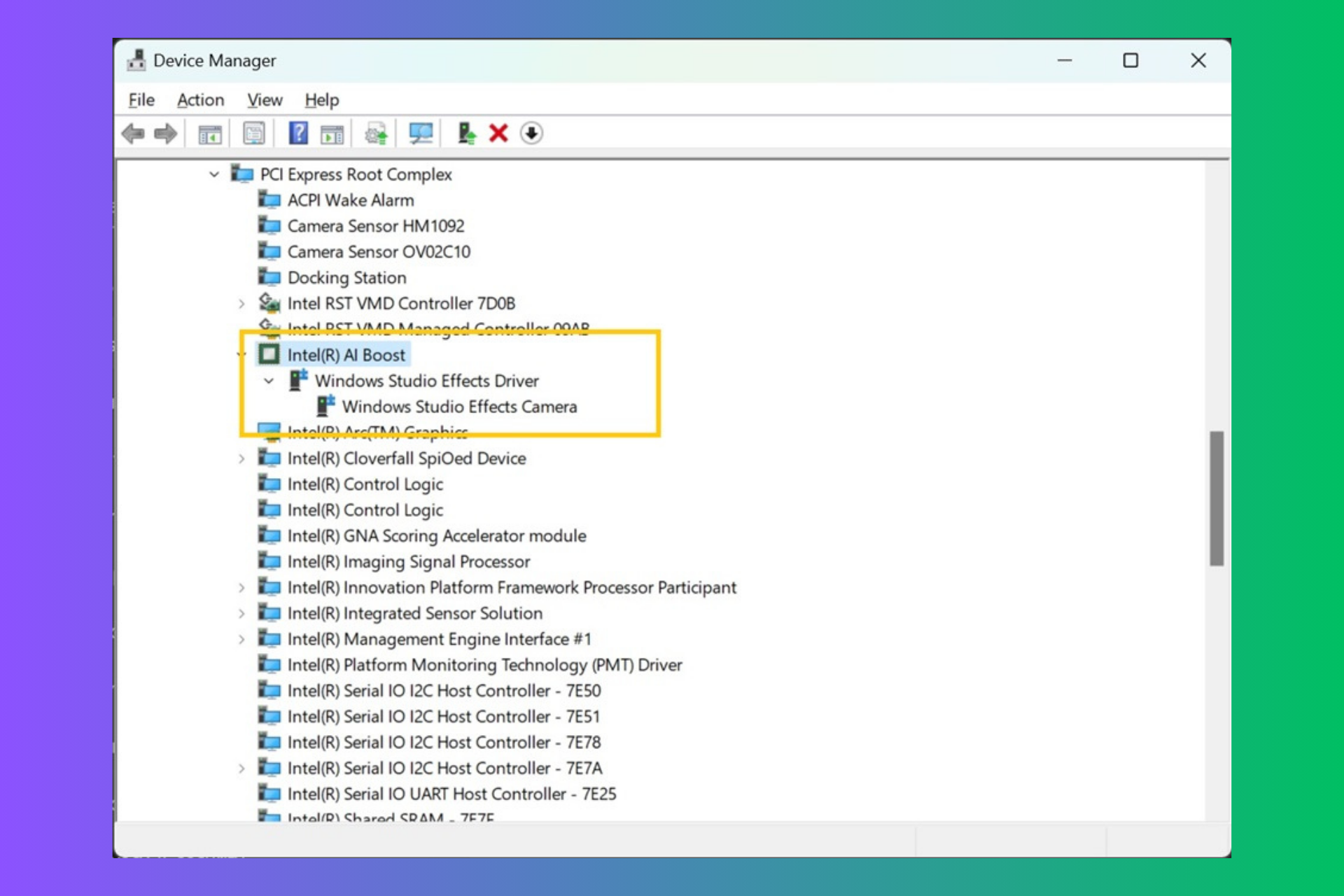Microsoft blocked a record of malicious emails in 2021
2 min. read
Published on
Read our disclosure page to find out how can you help Windows Report sustain the editorial team Read more
Key notes
- With the threat of phishing and malware attacks growing, Microsoft made an effort to block bogus emails as they came through.
- In 2021, Microsoft's service blocked more than a billion malicious emails from reaching your inbox every day.
- The number of malicious emails blocked by Microsoft Azure and Windows Defender has more than doubled since the firm introduced its anti-phishing technology.

Microsoft has had a hand in the development of the world’s most robust email security solutions. The company revealed it blocked over 35 billion malicious emails in 2021.
Microsoft warns that cybercriminals are pushing the envelope. They’re relying on increasingly sophisticated attacks and tactics to find new ways of compromising a target system, whether it’s through spear-phishing, ransomware or other malicious software.
The tech giant released a report that details its investigations into cybercrime attacks, revealing that Microsoft’s antivirus blocked more than 35 billion malicious emails every day in 2021.
However, Microsoft says the data from its cloud, artificial intelligence and endpoint protection systems shows that Microsoft Defender performed exceptionally well.
Enhanced security
Cybercriminals are getting smarter every day, and they’re evolving their techniques to bypass offensive-minded security solutions.
Organizations must continue to invest in advanced security technologies like anti-spam and anti-malware, but they need to also ensure that these technologies are being used properly.
Microsoft’s Defender for Endpoint and Azure Active Directory (Azure AD) provide a suite of endpoint protection services that include email gateways, anti-malware scanning and malware detection, as well as threat intelligence feeds.
Microsoft Defender was able to block over 9.6 billion malware attacks while Azure Active Directory 35.6 billion hijack attempts of accounts.
The threat of phishing has been around since the dawn of email. But it was only a matter of time before more sophisticated cybercriminals began to pose as legitimate companies to trick people into handing over their log-in credentials, credit cards, and even money.
More than just security
But it’s not just the security that Microsoft has been putting on display recently. The company also announced a number of new product launches and key partnerships with tech companies like Amazon, Facebook, and Google.
Even more importantly, these moves show that Microsoft is willing to adopt new technology and embrace new business models in order to stay ahead of the competition.
To protect yourself, have a look at our recommended antivirus solutions to keep the attackers at arm’s length.
Do you feel that Microsoft has done a good job in the past year by blocking phishing emails and other malware? Share your thoughts in the comment section below.








